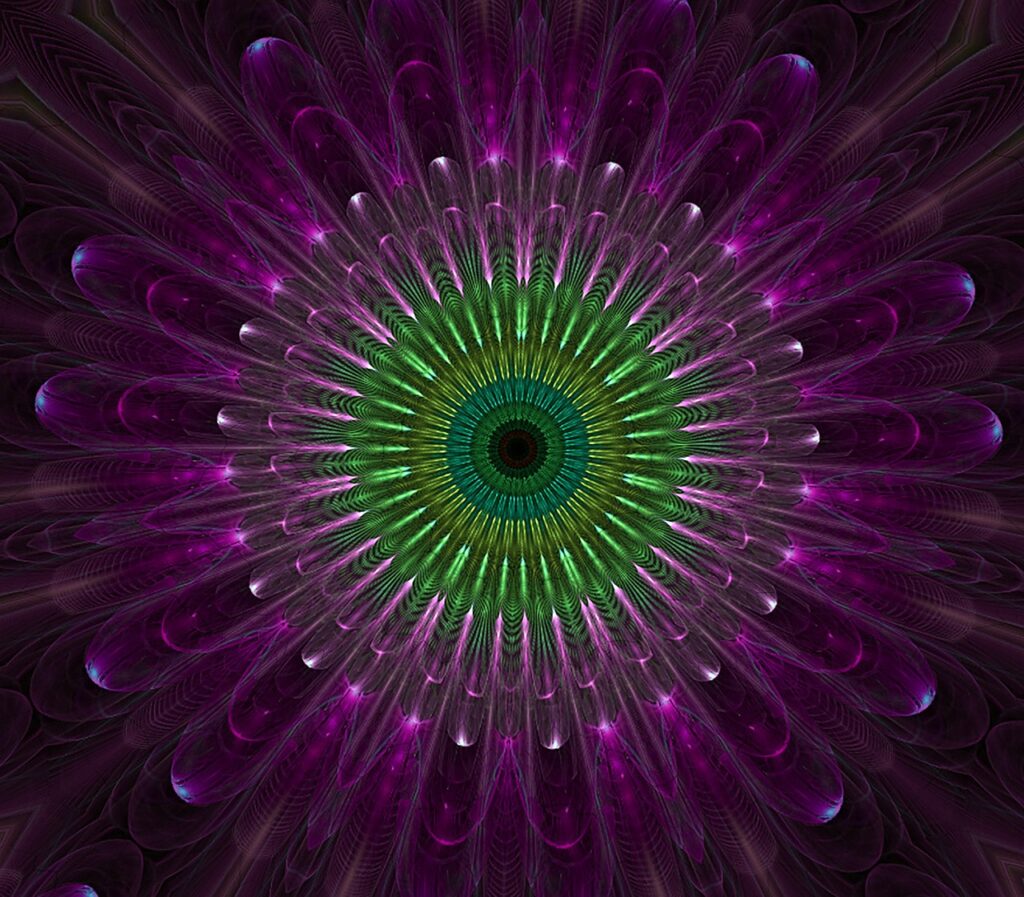Vastu Shastra defines energy fields elaborately when it comes to directions and sub-directions. Vastu Purusha Mandala is where all the directions are defined that helps in understanding where the rightful placement of an item or a favorable direction is for building and construction. Let us understand what is Vastu Purusha Mandala.

Vastu Purusha Mandala
In vastu Shastra the belief system works upon the principle that earth is a living breathing entity or a cosmic man. Every detail associated with vastu Shastra regarding the construction, structure and principles is based on this mandala that comprises a detailed chart explaining elaborate ancient architecture in alignment with cosmic forces.
Vastu Purusha Mandala is a scientific observation and factual description based on Brahma and 44 deities that makes it total 45 deities. It begins with vacant plot digging and elaborates the right direction of building an entire construction area in accordance with vastu Shastra principles.
Vastu Purusha Mandala and 45 energy fields
Now there are some principles and some facts that define it and will help a layman understand all about it in the most simplistic manner, as defined by vastu Shastra expert from Dubai, she further explains Vastu Purusha Mandala in the following manner:
- The mandala is a structure that comprises flow of energy currents corresponding to pivotal points in human body.
- Energy fields depicted in the mandala are directly related to the energy current that runs throughout human body impacting all the five senses of human species.
- If a structure whether home, office, SOHO or a commercial complex and establishment is built in accordance with it then occupants will experience profound harmony and financial growth. When these are not followed the occupants suffer with various ailments and blockages in finances. The crux of the matter is that these meridians are in accordance to the energy field/points in human body that are highly impactful.
- The core of the energy field is where Brahma resides that is referred to as BrahmaSthaan; the other 44 deities reside at significant other directions (sub-directions).
- The mandala is divided into 9*9=81 parts or squares that gives a 360 degree view within the chart format.
- 32 out of 45 deities reside in external closures while other 13 within internal closures.
- Each of these are rulers assigned to various human life aspects due to the inherent qualities of these deities.
- The core of vastu Shastra planning for any given structure is based on this mandala.
- Manduka/Chandita Mandala is depicted with 88=64 squares.
- Paramasaayika Mandala is divided with the ratio of 99=81 courts.
- Paramasaayika Mandala is utilized for the purpose of designing places and homes.
- Manduka mandala is utilized by vastu practitioners for the purpose of designing temples.
- Vastu Purusha Mandala comprises of 81 Pada and 64 Pada.
- Further it comprises of 4 Vithi- Brahma Vithi, Deva Vithi, Manushya Vithi and Paishacha Vithi each determines a different quality and that determines how and where placement for items, things and building direction that would be auspicious or otherwise.

Above mentioned is the simplistic manner for a layman to grab the elaborate yet complex Purusha Mandala or energy fields in vastu Shastra but as per vastu expert from Dubai, these are only for reference purpose and for beginners to understand the basics, one would need to consult a professional to be able to apply it practically.





